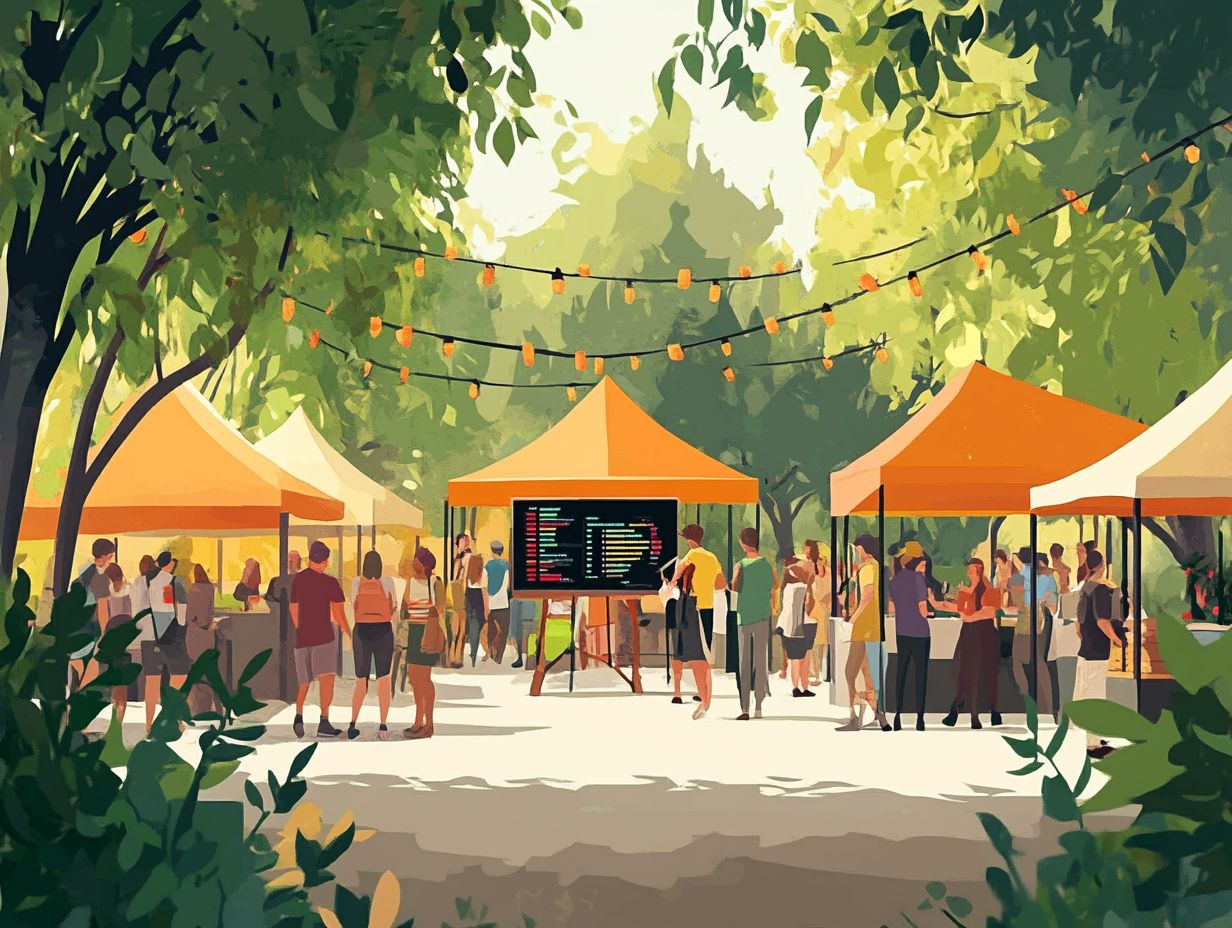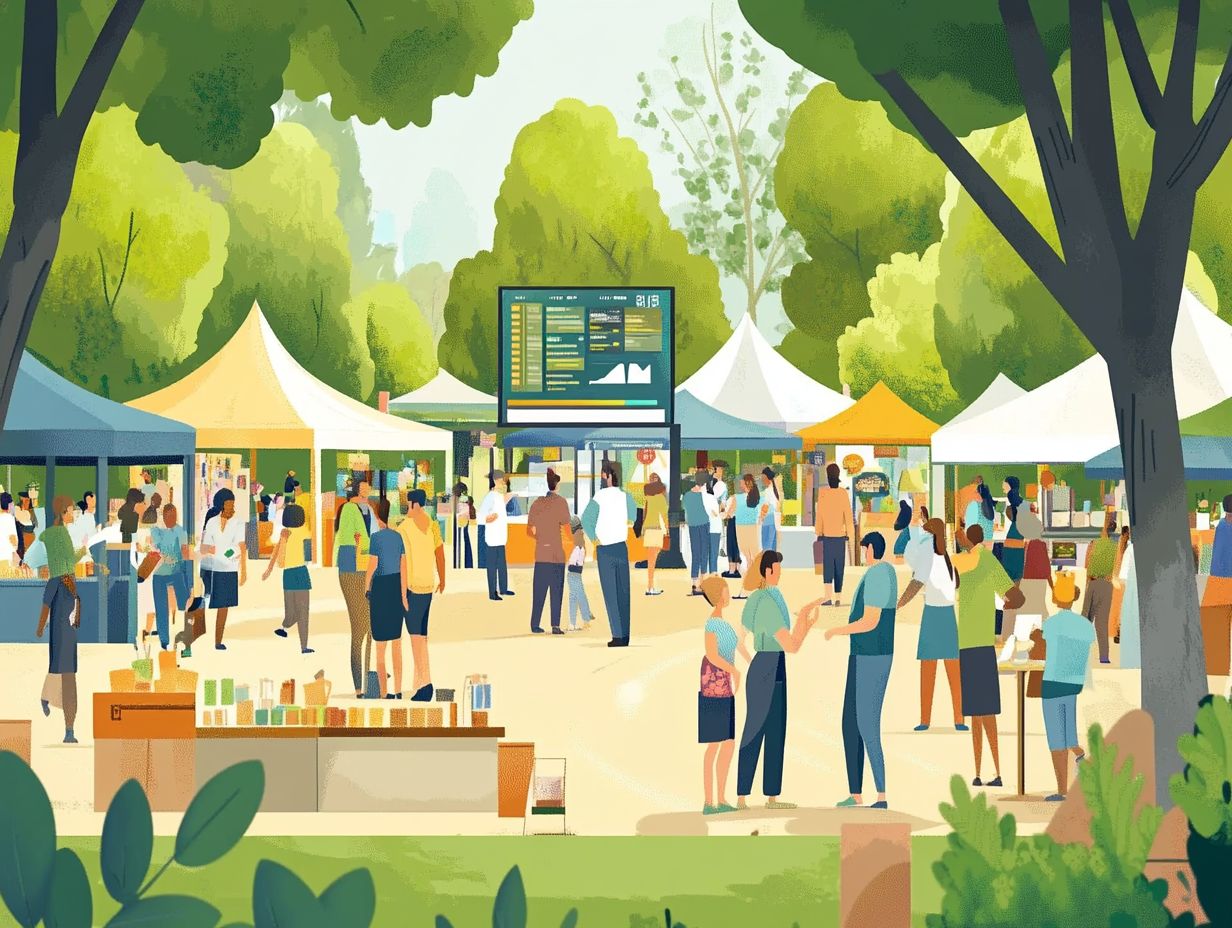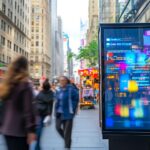Foot traffic is one of the most crucial metrics in the community event planning industry. This piece covers the significance of foot traffic insights and how it can assist community event planners in selecting optimal event locations, determining the best times for events, and devising strategies to increase attendance. By understanding where people are more likely to congregate, planners can create more engaging experiences that encourage greater participation in the event community. Here are some effective ways to achieve this.
The Importance of Foot Traffic in Community Event Planning

Foot traffic plays a crucial role in community event planning because it offers valuable insights into visitor behavior, helping organizers optimize events for greater attendance and engagement.
Understanding traffic patterns significantly impacts various logistical aspects of an event, including venue selection, event logistics, and scheduling. For example, knowing when and where foot traffic is highest can guide organizers in planning events that are more appealing to the local community, thereby enhancing community engagement.
Additionally, demographic data related to foot traffic can inform event marketing and marketing strategies, indicating what types of events may be successful in a given area. By analyzing crowd dynamics, communities can identify outreach strategies and promote events more effectively.
Overall, insights into foot traffic can lead to increased attendance rates, improved event success metrics, and more successful community events, ultimately driving local economic growth and enhancing regional community connectivity.
Understanding Foot Traffic Data and Its Impact
Foot traffic data is essential for event planners as it provides valuable insights into visitors’ demographics, visitor behavior, and preferences, all of which significantly influence the success of community events.
By analyzing this data, event planners can gain a better understanding of participant demographics, their movement throughout the venue, and the times when they are most engaged.
This information aids in logistics planning, including the arrangement of seating and other structures, as well as ensuring adequate resources are available during peak times. Additionally, this data allows marketers to more effectively engage in audience targeting by identifying which demographic groups are most frequently present at the event.
Another advantage of spatial analysis is the ability to pinpoint the most traversed areas of the event. Vendors, information booths, and other interaction points can be strategically placed in these high-traffic areas to enhance attendee engagement.
Ultimately, the more effectively foot traffic data is utilized, the better the participant experience can be tailored, enhancing event optimization and increasing the likelihood of a successful event.
Utilizing Foot Traffic Insights in Community Event Planning

Utilizing foot traffic insights in community event planning enables organizers to optimize events by identifying the themes and activities that resonate most with audiences, thus enhancing experience enhancement.
This approach enhances local engagement and fosters stronger community outreach.
Identifying High Traffic Areas and Optimal Event Locations
Identifying high-traffic areas is a crucial aspect of event planning, as it enables planners to select the best venues that ensure participants are both visible and accessible, thus improving event accessibility. Employing various methodologies for traffic patterns and location analytics can significantly enhance the effectiveness of venue selection.
Conducting a neighborhood dynamics analysis provides planners with valuable insights into visitor trends, including trends, peak times, and the demographic characteristics of potential attendees. Additionally, geographic information systems (GIS) mapping and traffic flow analysis tools can assist planners in identifying the most vibrant areas, where high engagement levels contribute to improved event attendance.
High-traffic sites not only boost attendance but also enrich the user experience for attendees by fostering a more energetic and accessible environment. This type of analysis allows events to be tailored to the community, helping to ensure a lasting legacy and fostering cultural engagement.
Incorporating Foot Traffic Patterns in Event Scheduling

Incorporating foot traffic patterns into event scheduling is essential for maximizing participation rates and ensuring effective event logistics, both of which are critical for successful community involvement.
Organizers can analyze foot traffic patterns alongside seasonal planning to identify peak periods of community activity throughout the year. By scheduling events during these high-traffic times, they can enhance attendee engagement and community participation, increasing the likelihood that individuals will participate in events aligned with their social dynamics.
Additionally, understanding foot traffic patterns aids in logistical considerations and data-driven decisions. By grasping the patterns and behaviors of a community, organizers can effectively allocate community resources and select appropriate venues, ensuring that events are scheduled and executed in a way that meets the community’s needs and preferences.
Maximizing Engagement and Attendance with Foot Traffic Insights
Maximizing engagement and attendance through foot traffic insights involves employing data-driven marketing strategies, such as social media promotion and event branding, to attract a diverse audience and foster community connections.
Strategies for Promoting and Marketing Events Based on Foot Traffic Data

Utilizing targeted marketing strategies for event promotion by leveraging foot traffic data enhances audience targeting and local partnerships, ultimately resulting in higher attendance and engagement.
By analyzing where potential participants spend their time, organizers can more effectively engage in outreach strategies to reach them. For instance, localized social media campaigns and collaborations with local influencers who resonate with specific community segments can deliver powerful messages and enhance community awareness.
Additionally, partnering with nearby businesses and organizations to co-host events or create incentives can attract diverse audiences and provide local business support. These partnerships not only increase brand visibility but also foster a sense of community ownership, which encourages greater attendance.
Moreover, targeted advertisements based on demographic segmentation ensure that marketing strategies align with the interests of specific audience groups.
Using Foot Traffic Data to Improve Event Layout and Activities
Utilizing foot traffic data to inform event layout and activities enhances the participant experience by optimizing crowd dynamics and facilitating interactive mapping that align with attendees’ interests.
By analyzing foot traffic patterns and conducting attraction analysis, organizers can strategically position activities, local attractions, and amenities in high-traffic areas, improving both visibility and accessibility.
This approach not only boosts participant feedback and engagement but also creates a smoother experience, allowing attendees to navigate the venue without feeling overwhelmed or lost.
Additionally, understanding peak traffic times can guide decisions regarding the scheduling of performances, workshops, or breaks, ensuring that participants can enjoy these moments without excessive delays, contributing to event success.
Ultimately, integrating crowd management and crowd dynamics into the planning process is essential for assessing the event’s success and cultivating a vibrant atmosphere that encourages interaction and socialization among guests.






